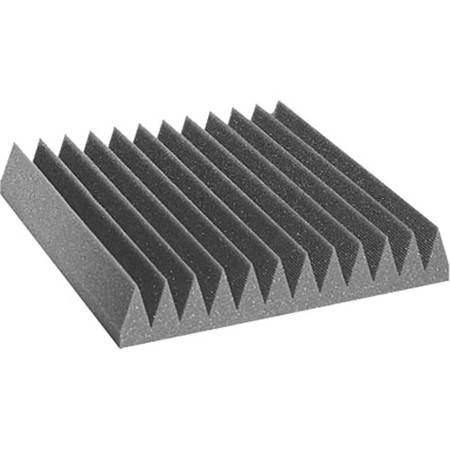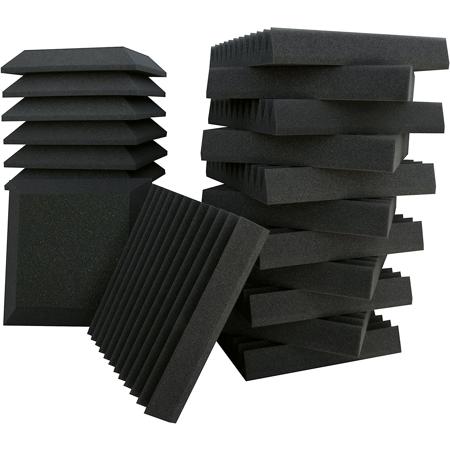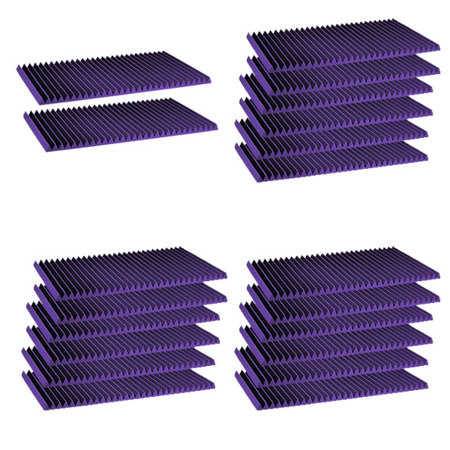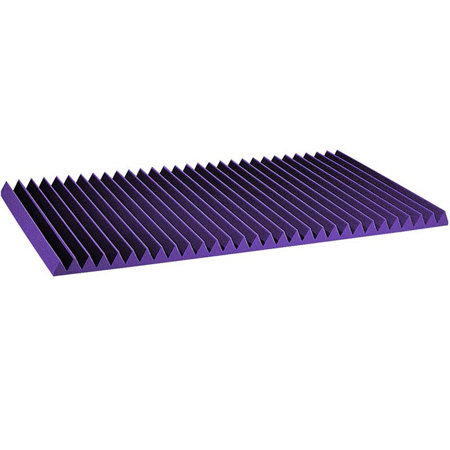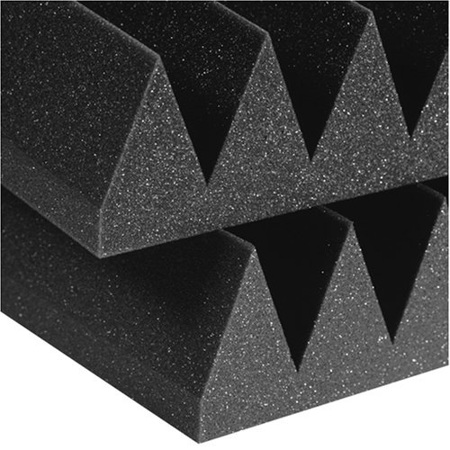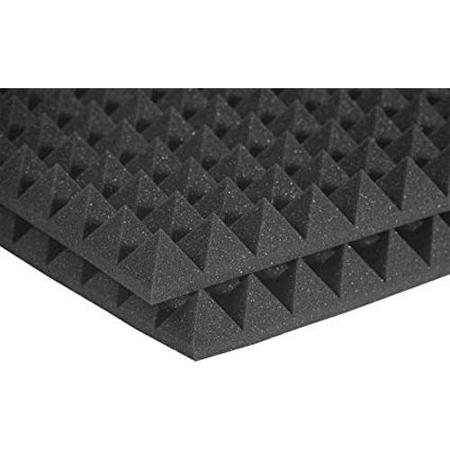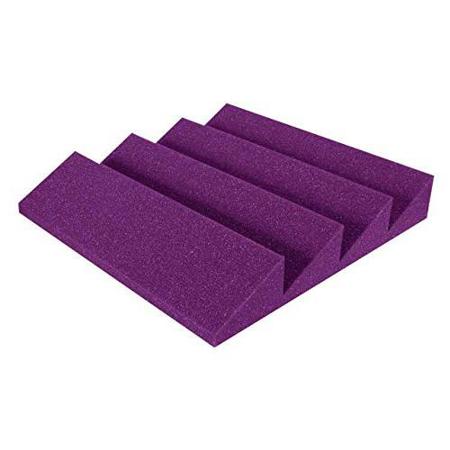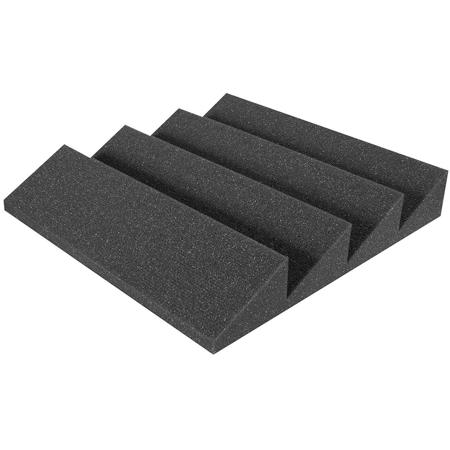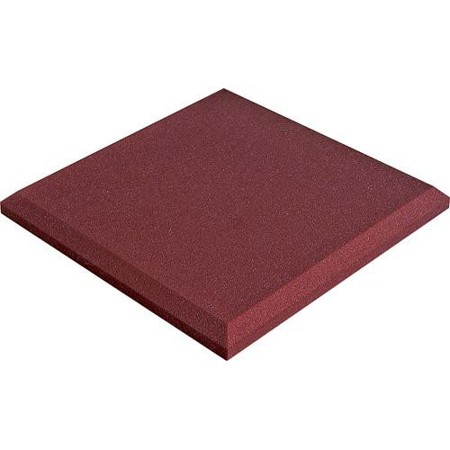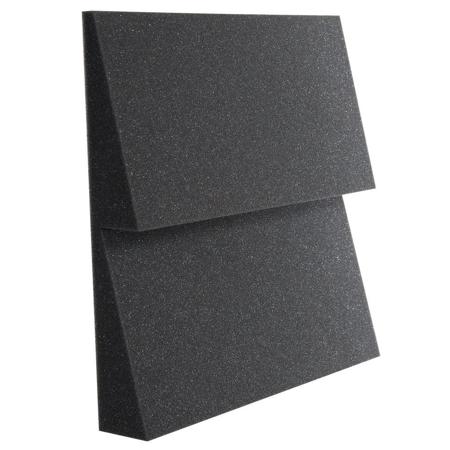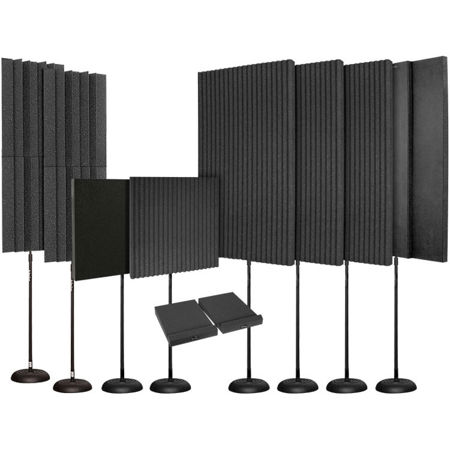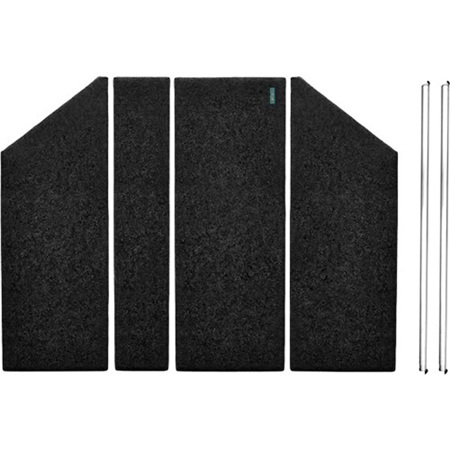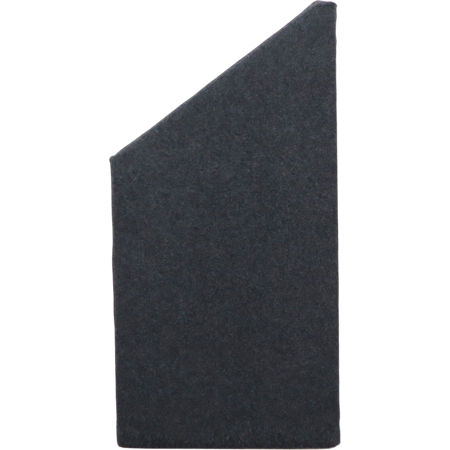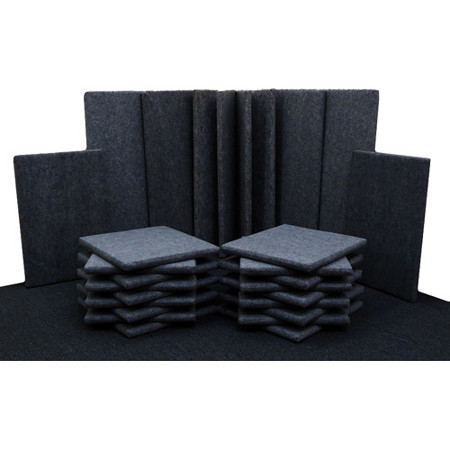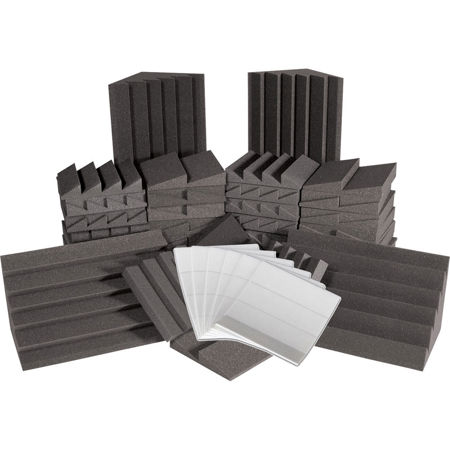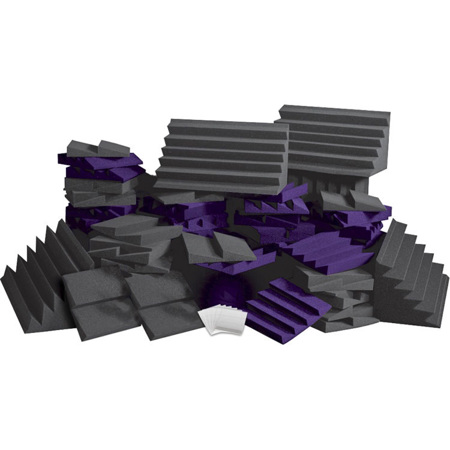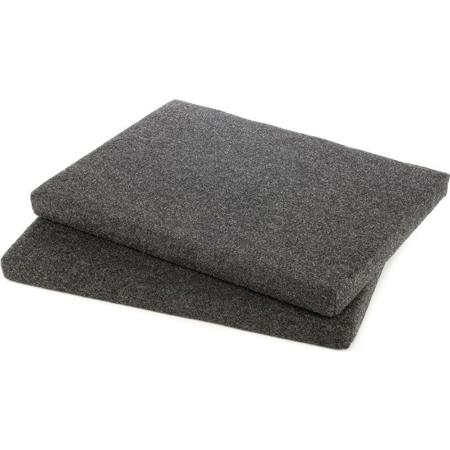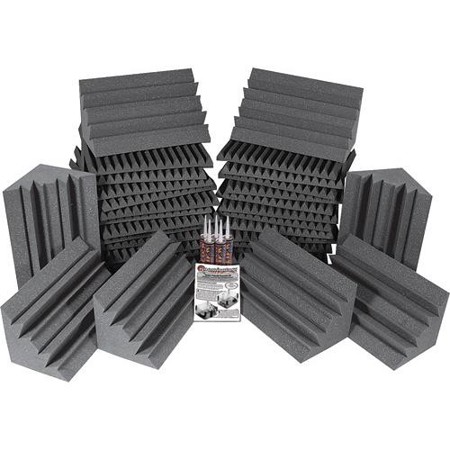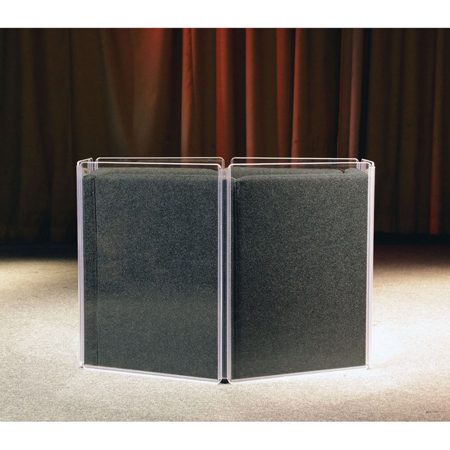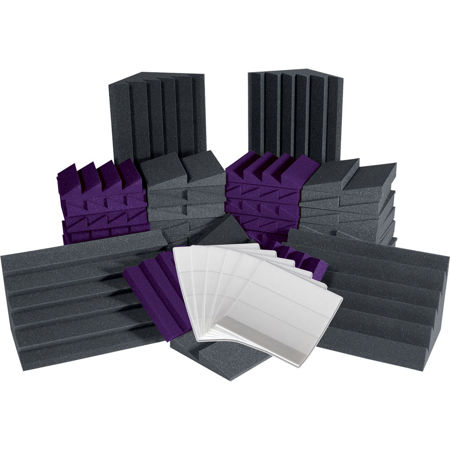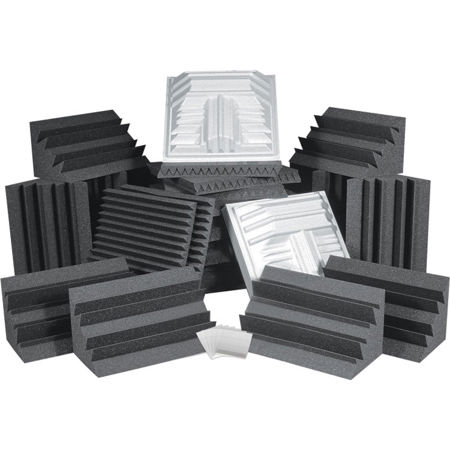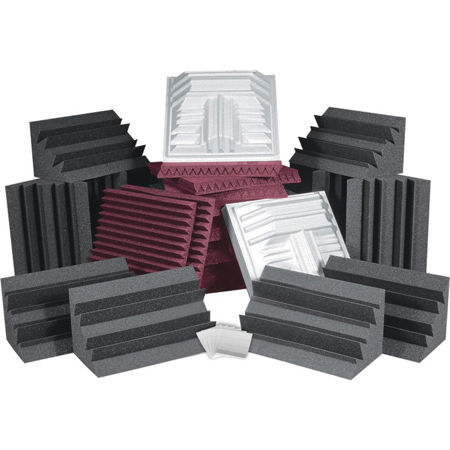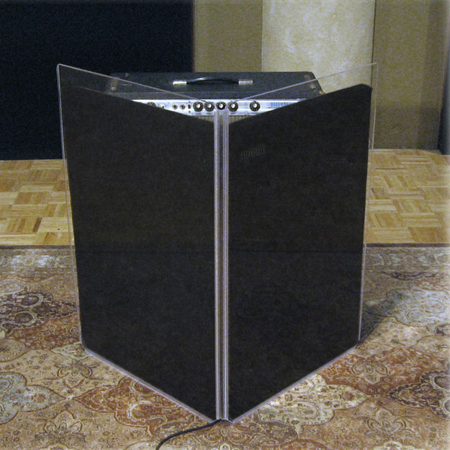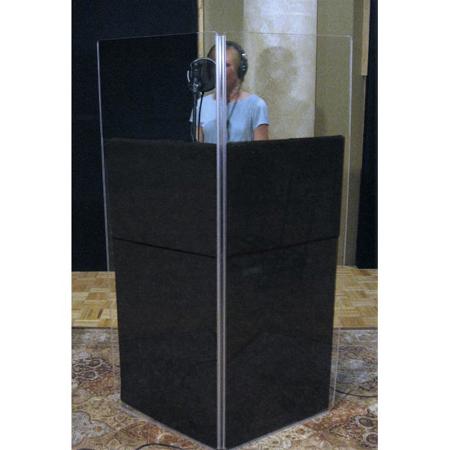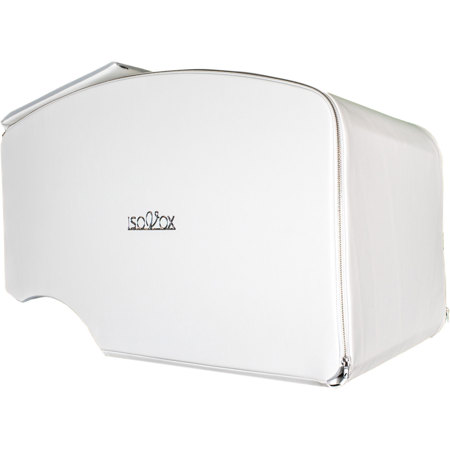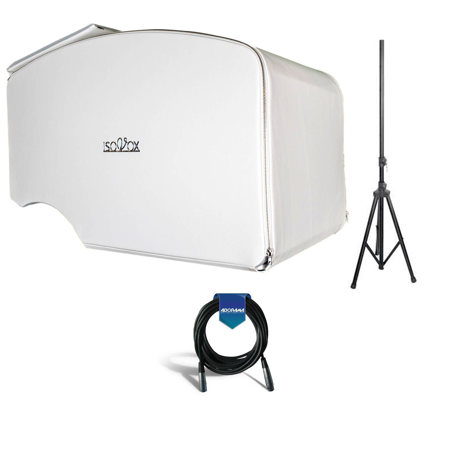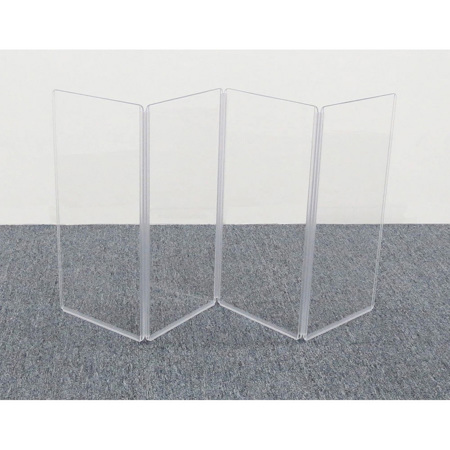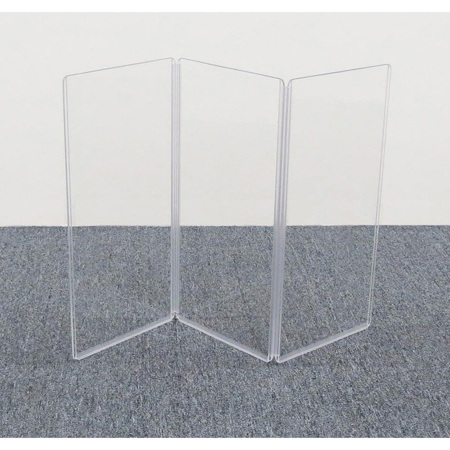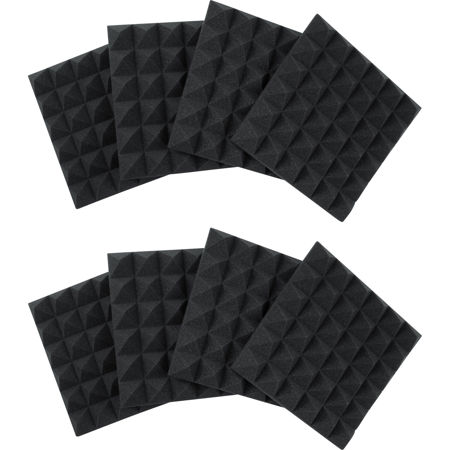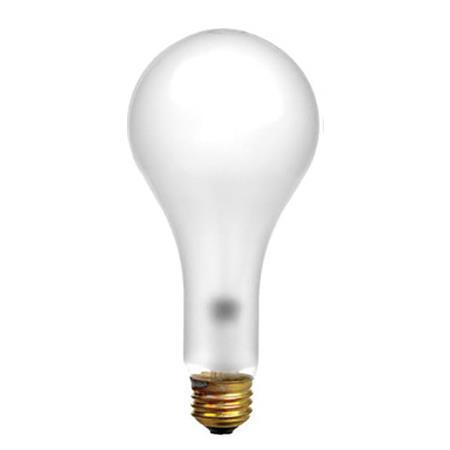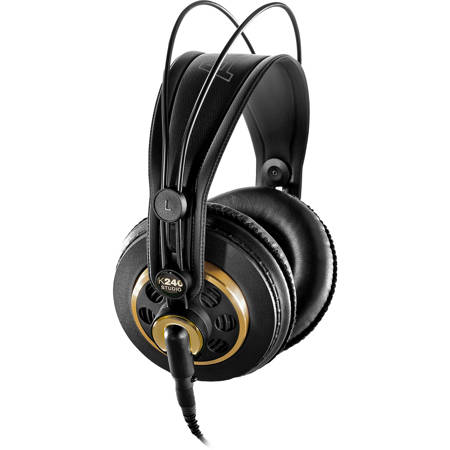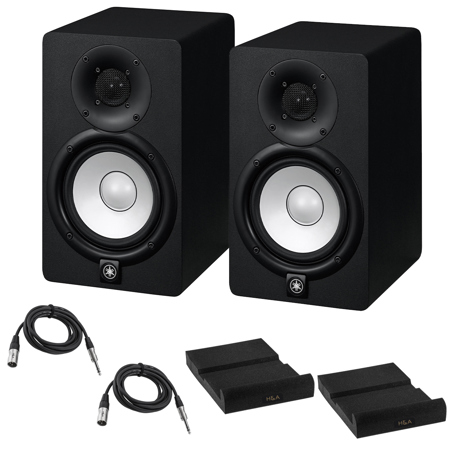Recording Studio Foam
Recording studio foam is an essential component in creating a controlled acoustic environment, whether for a budding home studio or a professional recording space. As spring approaches, bringing with it the promise of renewal and fresh starts, many audio enthusiasts and professionals alike turn their attention to enhancing their recording environments, making it an ideal time to consider the benefits of quality studio foam. This type of foam helps in absorbing sound reflections and minimizing echo, thereby ensuring that the sound captured in microphones is as clear and pure as possible. It's not just about stuffing any foam into your recording space; selecting the right type, size, and placement of foam can be pivotal in achieving the desired acoustic quality.
For those new to audio recording or looking to upgrade their current setup, understanding the nuances of recording studio foam can be quite enlightening. The foam works by reducing reverberation, lessening the amplitude of reflected sounds and smoothing out the sound in a room. This makes it particularly valuable for vocal booths, where clarity and sound integrity are paramount. But it's not only vocalists who benefit. Podcasters, voice-over artists, and even instrumentalists will find that studio foam enhances the quality of their recordings by isolating noise and focusing on the intended sound. Moreover, for anyone considering a thoughtful gift for the audiophile in their life, high-quality studio foam can be a transformative addition to their recording endeavors, enhancing their projects with professional-level sound clarity.
As recording enthusiasts delve deeper into the world of sound engineering, they might find that pairing studio foam with other acoustic treatment options, such as Acoustic Studio Panels, can further refine the sound quality of their workspace. While foam studio solutions are excellent for managing sound reflections, acoustic panels can be strategically placed to tackle lower frequency sounds and provide a comprehensive sound treatment that professional recordings require. Whether setting up a new home studio in anticipation of a creative spring season or upgrading an existing space, incorporating the right acoustic treatments can make all the difference in achieving the crisp, clean sound that artists and technicians strive for. In the journey to perfect sound, every detail counts, from the placement of the microphone to the choice of studio foam.
For those new to audio recording or looking to upgrade their current setup, understanding the nuances of recording studio foam can be quite enlightening. The foam works by reducing reverberation, lessening the amplitude of reflected sounds and smoothing out the sound in a room. This makes it particularly valuable for vocal booths, where clarity and sound integrity are paramount. But it's not only vocalists who benefit. Podcasters, voice-over artists, and even instrumentalists will find that studio foam enhances the quality of their recordings by isolating noise and focusing on the intended sound. Moreover, for anyone considering a thoughtful gift for the audiophile in their life, high-quality studio foam can be a transformative addition to their recording endeavors, enhancing their projects with professional-level sound clarity.
As recording enthusiasts delve deeper into the world of sound engineering, they might find that pairing studio foam with other acoustic treatment options, such as Acoustic Studio Panels, can further refine the sound quality of their workspace. While foam studio solutions are excellent for managing sound reflections, acoustic panels can be strategically placed to tackle lower frequency sounds and provide a comprehensive sound treatment that professional recordings require. Whether setting up a new home studio in anticipation of a creative spring season or upgrading an existing space, incorporating the right acoustic treatments can make all the difference in achieving the crisp, clean sound that artists and technicians strive for. In the journey to perfect sound, every detail counts, from the placement of the microphone to the choice of studio foam.
